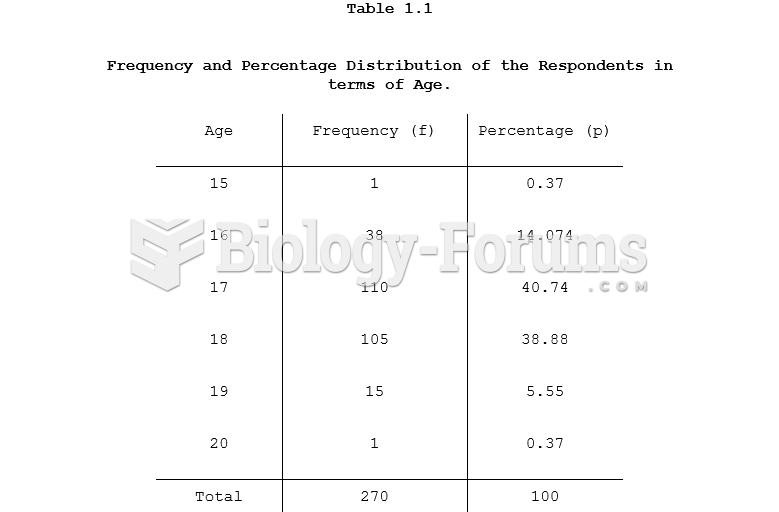Answer to Question 1
Biological (genetics and pathophysiology):
30-75 of adiposity in children is related to genetics
In children < 3 years of age, the strongest predictor of adulthood obesity is parental obesity
Both prenatal undernutrition and overnutrition appear to increase lifelong risk for obesity
Genetic/hormonal: Some of the most common are:
- Prader-Willi syndrome
- Cushing's syndrome
- Hypo-/hyperthyroidism
Environmental (sedentary behaviors, SES, modernization, culture, dietary intake):
Video and computer games and cable and satellite television have made sedentary activities more appealing
98 of children in the U.S. live in homes with at least one television
80 of children live in homes with at least one DVD player
Half of the children who live in the U.S. have at least one video game system in their homes
On average, children spend 3 hours per day watching television
African American and Hispanic children participate in fewer vigorous activities and/or more sedentary activities than Whites
Girls are less physically active than boys
Dietary factors
Low intake of vegetables and fruits
High intake of fast foods and sweets
Increased consumption of sugar-sweetened soft drinks
Skipping breakfast
Increased consumption of refined carbohydrates (ready-to-eat cereals, potatoes, cakes, biscuits, soft drinks)
Increased parental work hours influence (leads to higher consumption of energy-dense foods)
Consumption of all 3 meals leads to 63 lower risk of being overweight/obese
Mother smoking during pregnancy; increased risk of being overweight
Extensive food marketing towards children (via video games, internet, TV, cell phones, etc.)
Global (society, community, organization, interpersonal, individual):
Community design focused on cars has discouraged walking and bike riding
Increased concerns about safety limit times and areas in which children play outside
Time in physical education classes in schools has decreased
Limited number of parks and recreation areas in communities
Answer to Question 2
Benefits: A vegetarian diet is low in fat (especially saturated fat and cholesterol) and high in fiber-rich plant foods that contain beneficial phytochemicals. This type of diet has been shown to reduce the risk of heart disease, high blood pressure and stroke, type 2 diabetes, certain kinds of cancer, and obesity. Risks include under-consumption of protein, vitamin B12, iron, zinc, calcium, vitamin D, riboflavin, vitamin A, and omega-3 fatty acids.







